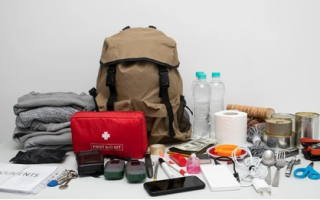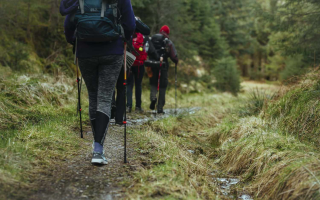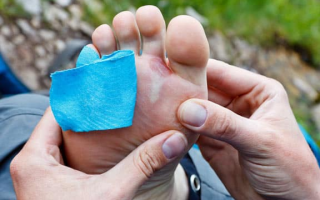
Introduction: Doubled Responsibility in the Wilderness
Solo hiking offers unparalleled freedom and tranquility, but it also means you bear sole responsibility for every decision and its consequences. This guide isn’t meant to discourage solo travel—it’s designed to help you safely embrace this unique experience.
Part One: Pre-Trip Preparation—Taking Personal Responsibility
- Assess Your Capabilities Conservatively
Choose trails below your usual group hiking difficulty level
Add a 20% buffer to estimated timelines
Elevate your weather tolerance by one category - Pack Redundant Gear
Carry backup lighting power sources, extra food, and water
Ensure communication devices (phones, satellite beacons) are fully charged
Keep emergency gear in the most accessible locations - Route Planning: Be Meticulous
Study each junction’s features in detail
Mark potential retreat routes and shelters
Record water source locations along the way
Part Two: Hiking Code — Maintain Vigilance
- Risk Avoidance: Be Decisive
When encountering uncertain river crossings, take the longer detour
Retreat early if weather deteriorates
Rest ahead of schedule if fatigue sets in - Make conservative decisions
“I can descend this steep slope” → “What if I get injured?”
“I should make it before dark” → “What if I don’t?”
“This path looks passable” → “What if it’s impassable?” - Maintain situational awareness
Regularly observe landmarks for orientation
Watch for signs of weather changes
Watch for wildlife activity traces
Part Three: Crisis Response—Facing It Alone
- Self-Rescue When Injured
Immediately stop activity and assess the injury
Use available gear for initial treatment
Decide whether to continue, wait in place, or call for help - Staying Calm When Lost
Immediately apply the STOP principle
Avoid wandering aimlessly and wasting energy
Use navigation tools to analyze calmly - Responding to Equipment Failure
Know backup solutions for critical gear
Master basic wilderness repair skills
Learn to solve problems using natural resources
The True Freedom of Solo Travel
The true freedom of solo travel stems from thorough preparation, a clear mind, and a sober understanding of risks. Only when you have the capacity to take responsibility for yourself will the mountains and wilderness reveal their most beautiful aspects to you.


